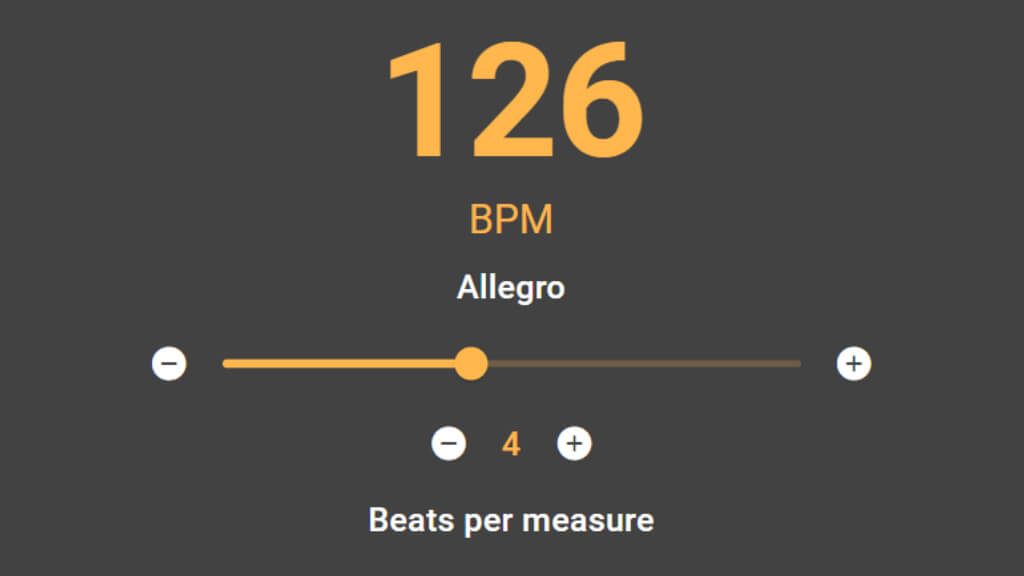Formula and Structure of the D#m11 Chord
Interval formula from the root note: 1 — b3 — 5 — b7 — 9 — 11. The chord consists of the following notes:
- Eb — unison and the main tonal anchor.
- Gb — minor third with a melancholic character and gentle lyricism.
- Bb — perfect fifth, stabilizing the triad and adding tonal grounding.
- Db — minor seventh with dominant pull toward the tonic.
- F — major ninth, opening the top line and adding airiness to the texture.
- Ab — eleventh with a spicy fourth above the octave, best voiced apart from the third.
Together, these notes form the harmonic foundation of the D#m11 chord, defining its sound and role in the musical context.
Alternative Names for the D#m11 Chord
There are no alternative names for this chord.
Using the D#m11 Chord
Place the 11 above the b3 to preserve clarity. Works in wide voicings and slow tempos where there’s room for a “breathing” sound. Great for long suspensions, especially if the melody in the top voice interacts with the 11. You can add the 9, but keep it separated from the b3.
Conclusion
D#m11 is an expressive and versatile chord. Learn several fingerings, experiment with different positions and voice spacing, then try weaving it into your own playing — this will help you quickly find your unique tone.













